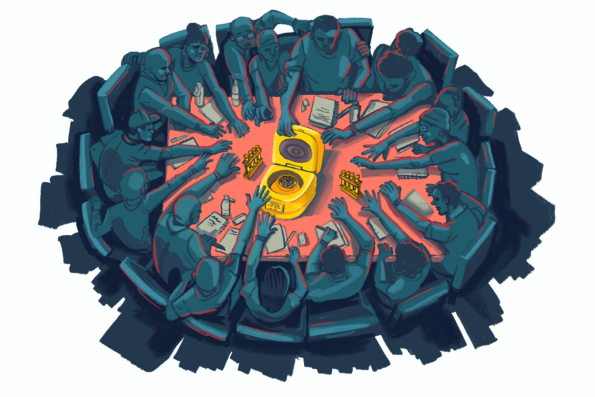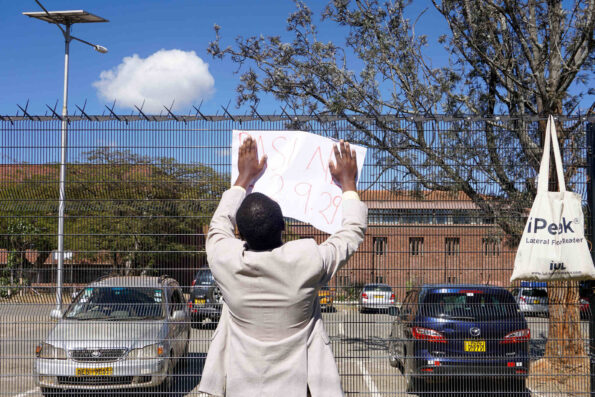PHAKHEL CHAUR, BAGMATI PROVINCE, NEPAL — In this town 31 kilometers (19 miles) southwest of Kathmandu, most students only sporadically go to school. For some, the walk takes hours. The paths are frequently blocked by mudslides. And parents struggle to justify sending their children: The school is in disrepair, with few books and supplies. It’s common for the children to work at home or in the fields rather than attend classes.
A small, one-time grant of 500,000 Nepali rupees (about US$3,650) might have done just enough to attract students and convince parents to send them to class, says Uma Tamang, principal of Shree Kalika Secondary School, which serves grades 1-12 as well as preschool. That grant was scheduled for this year as part of a US$40 million program run by the United States Agency for International Development. The first portion of the grant – 300,000 rupees (about US$2,200) – was already disbursed. The second portion – the remaining 200,000 rupees – was scheduled to arrive later this year.
All of the money was intended for books, educational toys and basic maintenance of the property, as well as festivals the school hoped would engage the community.
But when US President Donald Trump ended nearly all foreign aid in January, Tamang realized that the remaining money would never come.
The money wouldn’t have solved all of their problems, Tamang says, but it would have created a school environment that kept kids coming back and helped them learn — and helped their parents understand the importance of education.
“We didn’t just dream of decorating school classrooms with new toys and colorful learning materials,” Tamang says. “We envisioned creating a brighter future for children from poor families by strengthening primary education.”
Reporter Yam Kumari Kandel visited the school in February to learn about conditions there, and what was lost when the USAID program was cut.








